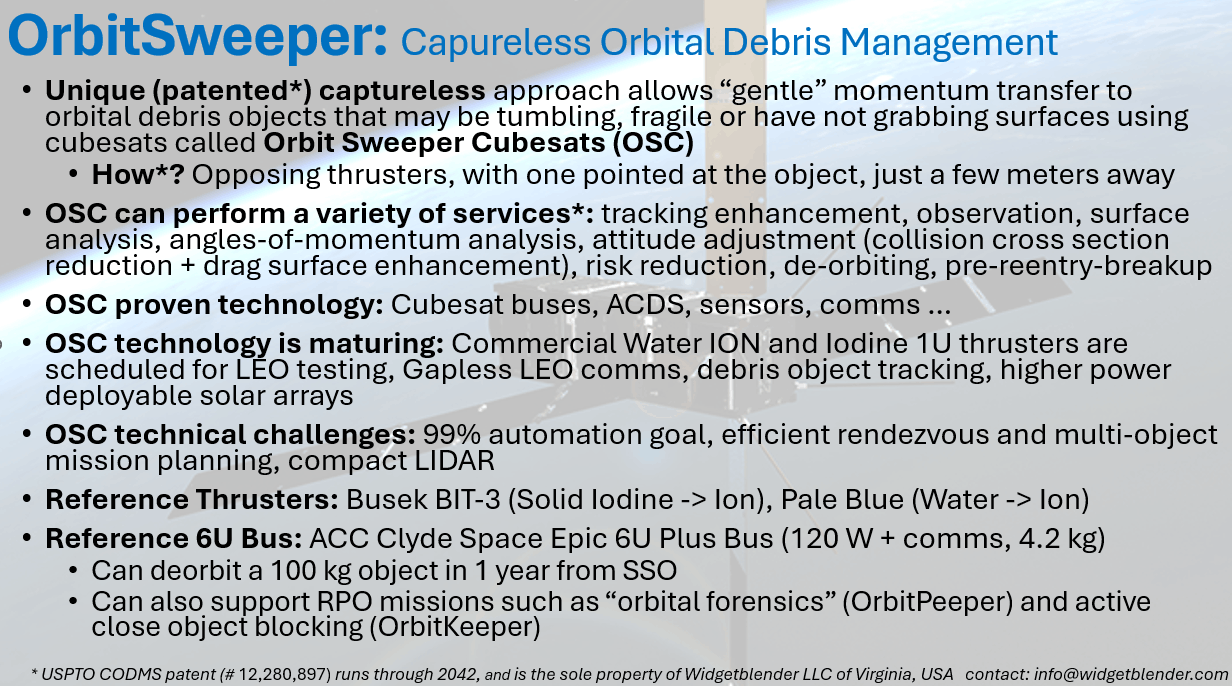
CODMS US Patent #12280897 (At Lens.com)

CODMS US Patent #12280897 (At Lens.com)
Collaboration opportunities are sought for OrbitSweeper. The CODMS patent may be licensed or purchased. Supporting OrbitSweeper/CODMS implementation research is also available.
We proposed Space Laser-Enabled Propulsion (SLEP): The use of MEO based solar power collecting satellites (AKA, StarPower Stations), transforming solar power to electricity to power lasers that are aimed at high altitude aircraft with laser receivers that in turn focus energy on “laser ramjet engine” to provide unlimited time in air. StarPower Stations, when over places with few aircraft, can also beam power to lunar bases in the lunar night, space craft for laser propulsion, orbital debris reduction and surface operations like night time cloud evaporation, tornado busting and so on ...
UPDATE: A similar proposed power station: https://www.space.com/iceland-space-based-solar-power
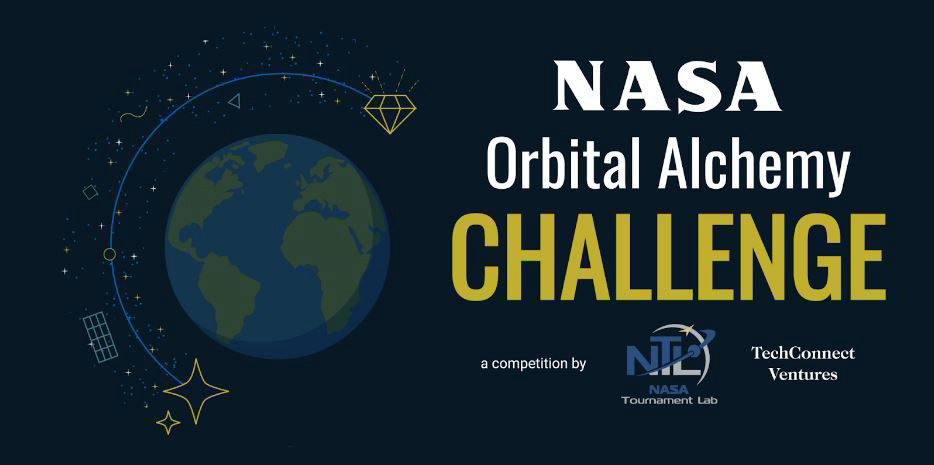
We adapted asteroid mining concepts to breaking down and processing large abandoned satellites in LEO. WidgetBlender submitted SAFER (Satellite After Fully Enclosed Recycler) which included a summary of Crointel's BioLeach that proposed a solution to use reflected solar energy to break down, sort and refine parts of large satellites into useful inputs to other LEO operations. The concept combined spin gravity and Motosonics. Winning submission available on request.
Crointel also submitted a detailed BioLeach entry that WidgetBlender supported that won Third Place.
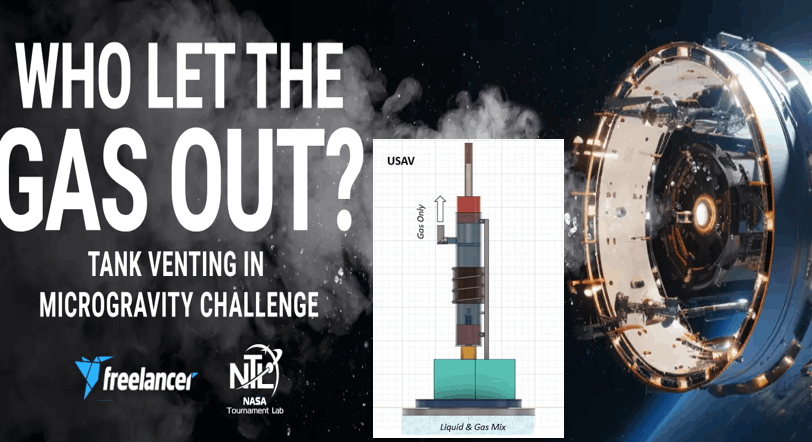
This Challenge is seeking solutions to propellant tank venting in micro-gravity with minimal loss of propellant. Although all concepts will be considered, solutions that are external to the propellant tank are preferred as they could use existing (heritage) propellant tanks and avoid development costs related to designing and qualifying a new (or modified) tank.
We proposed the 1-2 kg Ultrasonic/Sensing Active Vent (USAV) that employed our Motosonics concepts. Happy to discuss with interested parties.
Trash-to-gas reactors are considered a sustainable approach to both near- and long-term waste management during long-duration space missions. The primary goal of this challenge was to create actionable design concepts for ash removal from a trash-to-gas reactor in microgravity. WidgetBlender supported Crointel with extensive device engineering and visualization collaboration. Visualization examples available on request. The solution used Motosonics concepts with CO2 reused from the CO2 scrubbers on the spacecraft.
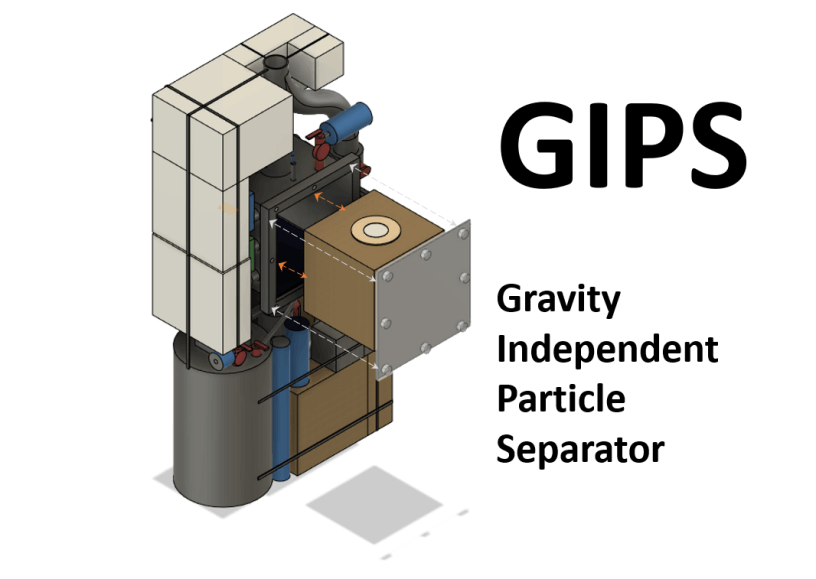
Supporting Croitel in a challenge submission for NASA's Particle Partition Challenge. This challenge seeks to identify novel ways that fine carbon particles can be safely and efficiently removed from a Bosch reactor (used to recycle CO2 back to O2), without impacting the reactor’s performance. This solution incorporated Motosonics speakers to enhance efficiency. Won 4th place
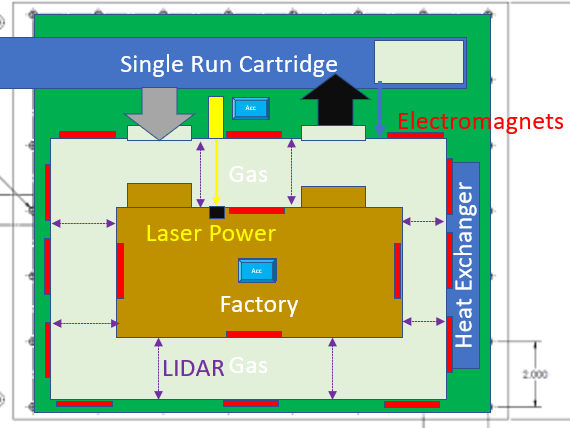
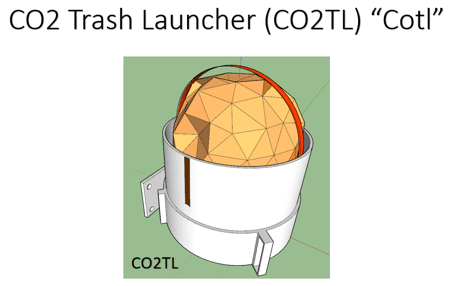

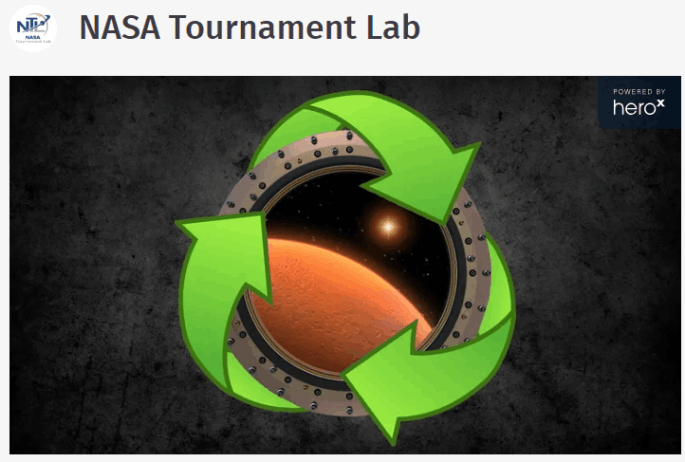
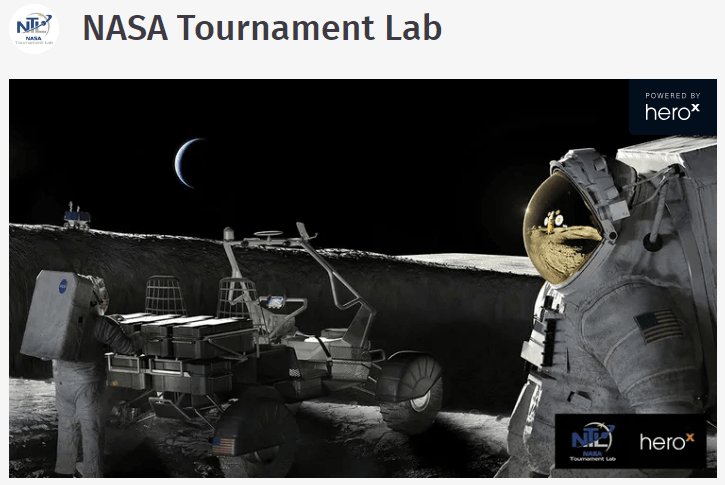
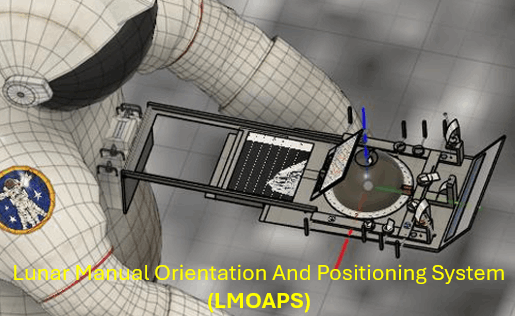
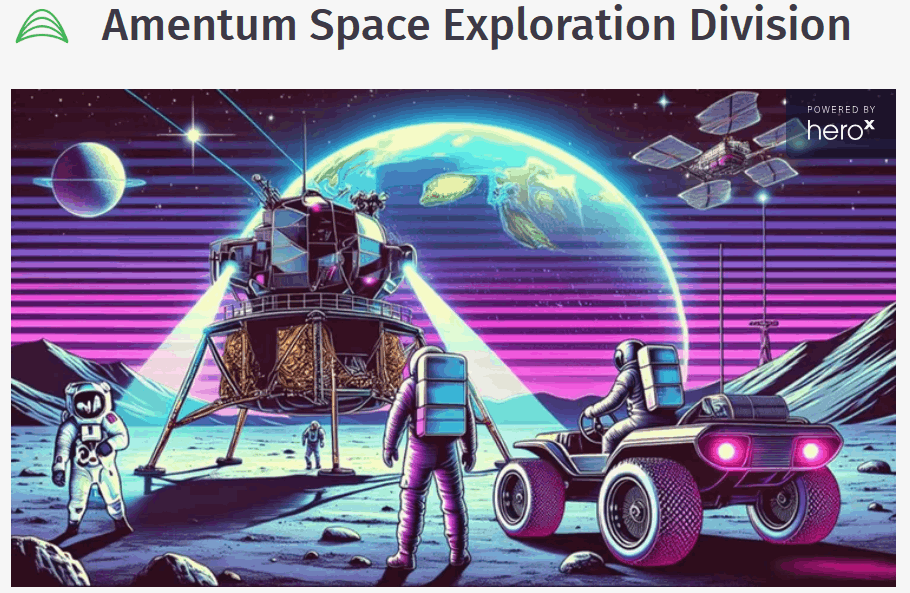
High level engineering trade-off modeling, spreadsheeting, costing
Fusion 360 based visualization, rendering, Powerpoint slide decks, technical (the MIT) and business (the MBA) text
CAD, 3D printing, prototype level electronics and PCB
The website was built with Mobirise